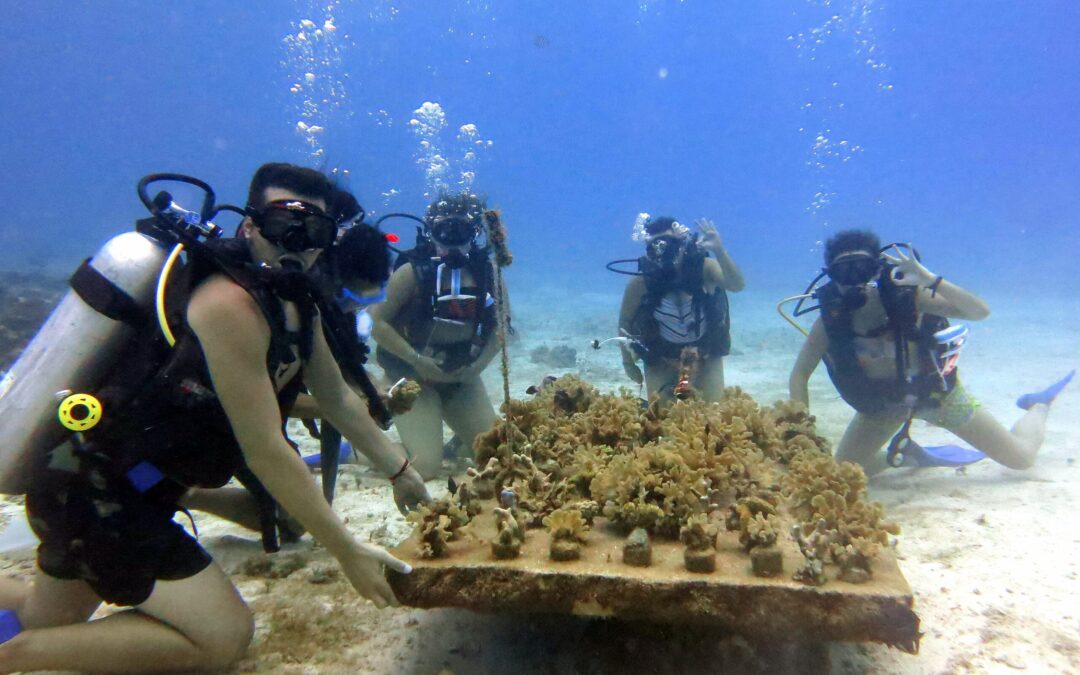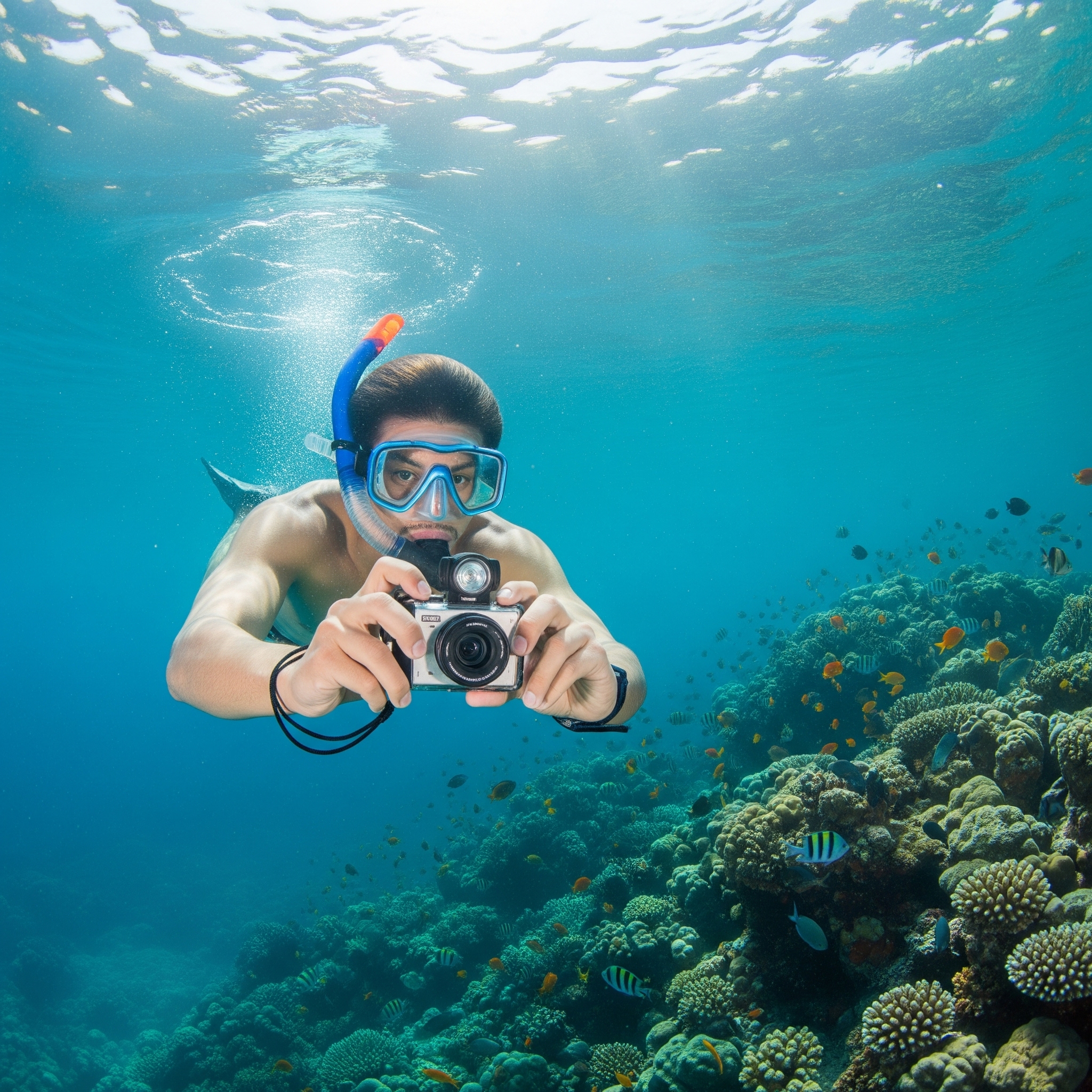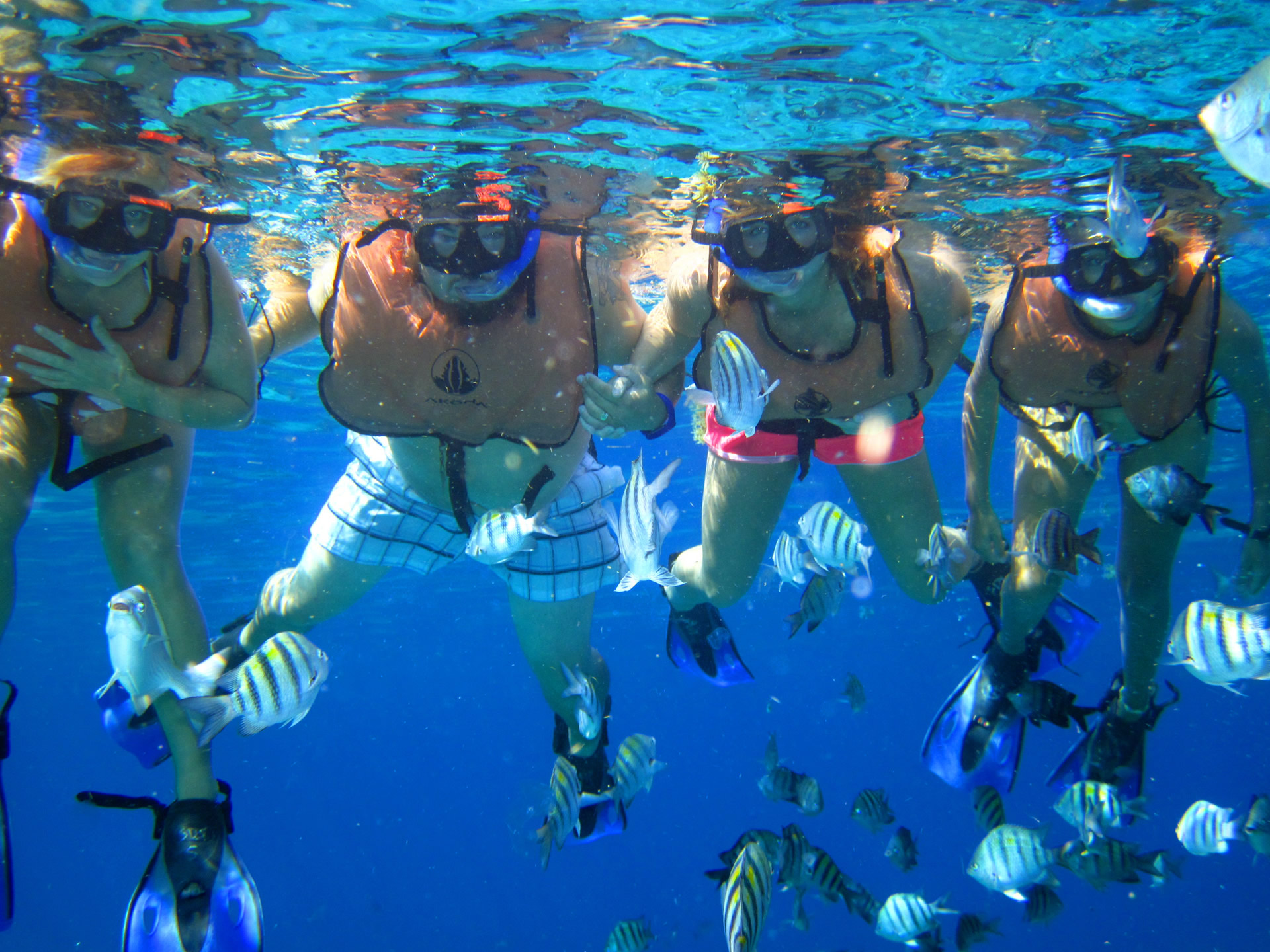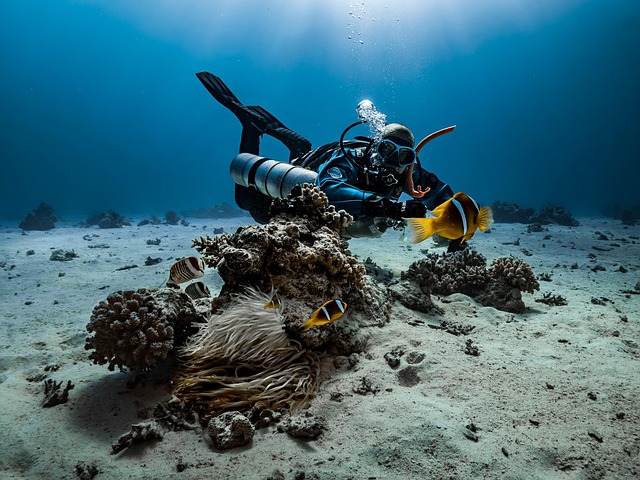Dive Packing CheckList: Equipment Gear for Your Scuba Diving Trip
Don’t forget a thing! Get the most complete scuba diving packing list for your next dive trip. Includes essential gear, safety items, and travel tips. Dive safe and prepared!
Planning a scuba diving trip is an exciting adventure!
From exploring colorful coral reefs to encountering fascinating marine life, the underwater world offers incredible experiences.
However, to ensure a safe and enjoyable dive, proper preparation is key – and that starts with packing the right gear.
Forgetting essential equipment can not only ruin your trip but also compromise your safety.
That’s why we’ve created The Ultimate Scuba Diving Packing List. This comprehensive guide covers everything you need to pack for your next dive adventure, from essential scuba gear to personal items and travel documents.
Whether you’re a beginner or an experienced diver, this list will help you stay organized, prepared, and ready to explore the underwater world with confidence.
Dive in and let’s get packing!”
Essential Scuba Diving Equipment: Your Gear Checklist
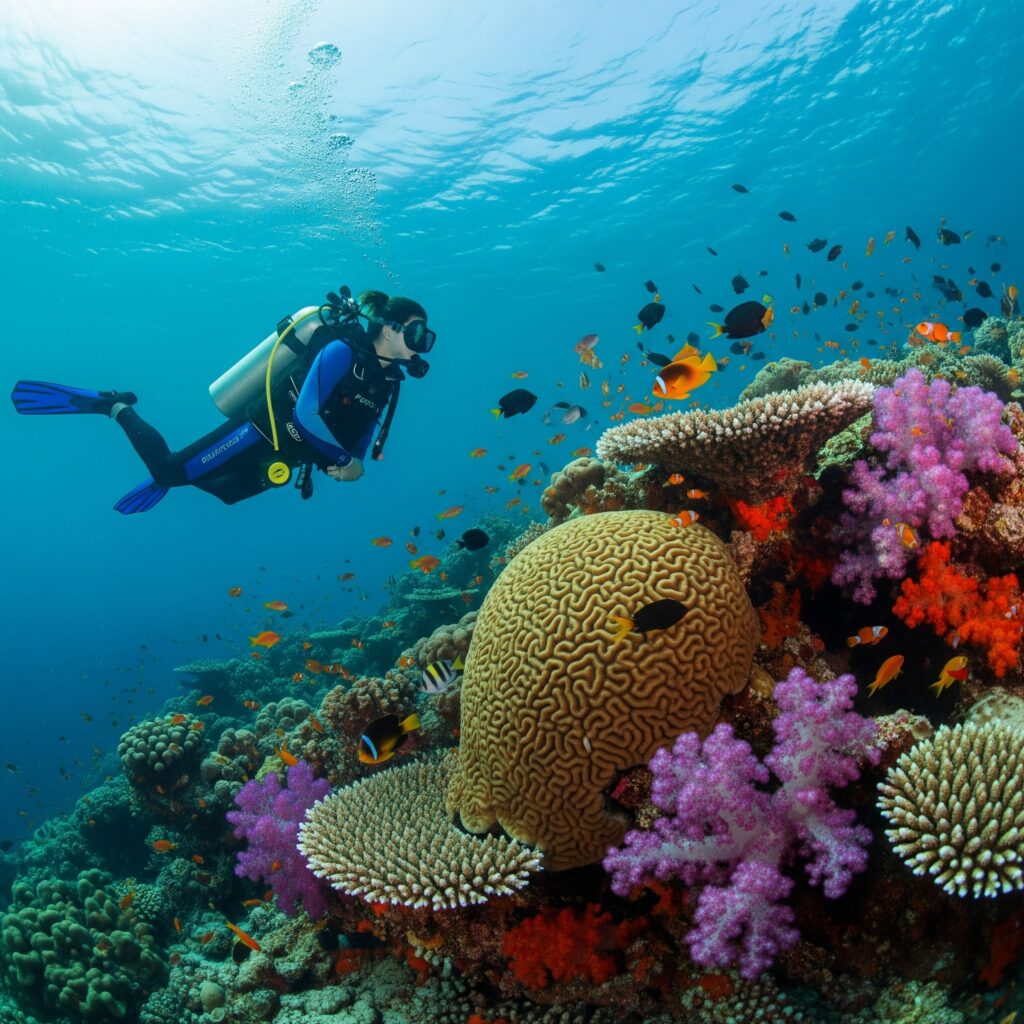
Your scuba diving equipment is your lifeline underwater, so it’s crucial to ensure you have everything you need and that it’s in good working order. This section covers the essential scuba gear you’ll need for a safe and enjoyable dive. Be sure to inspect all of your equipment before each dive trip.
“Mask, Fins, and Snorkel:
These are the basic tools for seeing and moving comfortably underwater.
Mask: A good-fitting mask is essential for clear vision underwater. Look for a mask that creates a good seal around your face and provides a wide field of view. Consider trying on different masks at a dive shop to find the best fit.
Fins: Fins provide propulsion and allow you to move efficiently through the water. Choose fins that are appropriate for your diving style and the conditions you’ll be diving in. Full-foot fins are ideal for warm water, while open-heel fins require booties and are better suited for colder water.
Snorkel: While you may not use your snorkel during the dive itself, it’s a valuable tool for conserving air on the surface and for swimming to and from the dive site.”
BCD (Buoyancy Control Device):
“The BCD, or Buoyancy Control Device, is essential for controlling your buoyancy underwater. It allows you to inflate or deflate air to maintain neutral buoyancy at different depths.
Types of BCDs: Jacket-style BCDs are common and easy to use. Back-inflate BCDs offer greater freedom of movement.
Fit and Comfort: Ensure your BCD fits snugly and comfortably. It should not restrict your movement.
Features to Consider: Look for features like integrated weights, multiple D-rings, and a durable construction.”
Regulator:
“The regulator is the most critical piece of equipment, delivering breathable air from your tank. It reduces the high pressure of the tank to a safe, breathable pressure.
Components of a Regulator: A regulator typically consists of a first stage, a second stage, an alternate air source (octopus), and a pressure gauge.
Maintenance is Key: Regular servicing is vital for regulator safety and performance.
Choosing a Regulator: Consider factors like ease of breathing, reliability, and compatibility with your tank.”
Dive Computer:
“A dive computer is an essential tool for monitoring your depth, time, and other crucial dive parameters. It helps you avoid decompression sickness and stay within safe diving limits.
Key Functions: Dive computers track depth, dive time, ascent rate, and decompression status.
Air Integration: Some computers integrate with your tank to display air pressure.
Ease of Use: Choose a dive computer with a clear display and intuitive controls.”
Wetsuit or Drysuit:
“A wetsuit or drysuit provides thermal protection in the water. The type you need depends on the water temperature.
Wetsuits: Wetsuits trap a thin layer of water against your skin, which is then warmed by your body heat. Thickness varies depending on water temperature.
Drysuits: Drysuits keep you completely dry, providing superior insulation in cold water. They require specialized training to use safely.
Considerations: Water temperature, dive duration, and personal tolerance to cold are key factors in choosing the right thermal protection.”
Personal Items & Comfort
Appropriate Clothing for Your Destination:
“Pack clothing suitable for the climate of your dive destination. Consider both topside and underwater conditions.
- Warm Weather: Lightweight, breathable clothing is ideal. Pack swimwear, shorts, t-shirts, and a hat.
- Cold Weather: Pack layers of warm clothing, including a fleece jacket, thermal underwear, and a waterproof outer shell.
- Sun Protection: Don’t forget a wide-brimmed hat and sunglasses to protect yourself from the sun.”
Reef-Safe Sunscreen:
“Protect your skin and the marine environment by using reef-safe sunscreen.
- What to Look For: Choose sunscreens that are mineral-based and free of chemicals like oxybenzone and octinoxate, which can harm coral reefs.
- Application: Apply sunscreen liberally and reapply frequently, especially after swimming.”
What should I pack in my carry-on for a scuba diving trip?
“To minimize the risk of lost or delayed luggage impacting your dive trip, it’s wise to pack essential items in your carry-on. This includes your dive certification card (C-card), dive computer, mask, regulator, and any prescription medications or eyeglasses. It’s also a good idea to pack a swimsuit and a set of travel clothes so you can still enjoy your destination even if your checked baggage is delayed.”
Dive Documentation & Essentials
Dive Certification Card (C-Card):
Your dive certification card (C-card) is proof of your training and is required to rent equipment and dive at most locations.
Carry it With You: Always carry your C-card with you on dive trips.
Digital Copies: Consider keeping a digital copy of your C-card on your phone or in the cloud as a backup.”
Dive Logbook:
“A dive logbook is a record of your dives, including details like date, location, depth, dive time, and marine life observed.
Tracking Experience: It’s helpful for tracking your experience and demonstrating your skills.
Required by Some Operators: Some dive operators require you to present your logbook before diving.”
Safety & Repair
Dive Knife:
“A dive knife is a valuable safety tool that can be used to cut through fishing line, seaweed, or other entanglements.
- Types: Choose a dive knife made from stainless steel or titanium.
- Mounting: Securely mount your dive knife to your BCD or leg.”
Surface Marker Buoy (SMB):
“A surface marker buoy (SMB) is an inflatable buoy that you deploy from underwater to signal your location to boat traffic.
- Essential for Safety: An SMB is essential for drift dives and dives in areas with boat traffic.
- Types: Choose an SMB that is brightly colored and easy to inflate.”
What is a save-a-dive kit and what should be included?
“A save-a-dive kit is a collection of spare parts and tools that can help you fix minor equipment problems during your dive trip, preventing a ruined dive. Essential items include: o-rings (for tanks and hoses), a multi-tool (with hex keys and an adjustable wrench), fin straps, mask straps, a regulator mouthpiece, zip ties, duct tape, and a small container of silicone grease.”
Underwater Photography & Videography
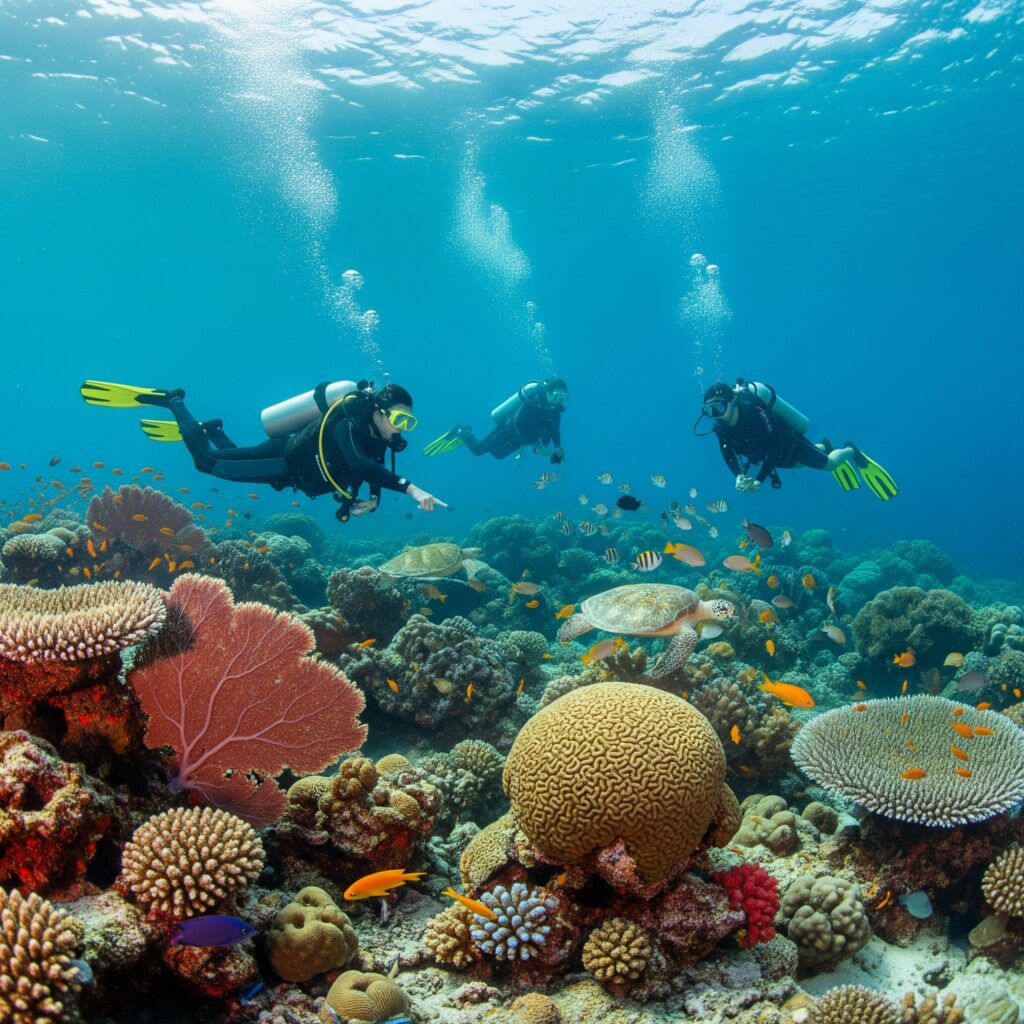
Underwater Camera and Housing:
“If you’re interested in capturing your underwater adventures, an underwater camera is a must-have. A housing protects your camera from water damage.
- Choose Based on Your Needs: Options range from simple point-and-shoot cameras to sophisticated DSLRs and mirrorless cameras.
- Housing Considerations: Ensure the housing is rated for the depth you’ll be diving to.”
Lights and Strobes:
“Lights and strobes are essential for illuminating underwater scenes and capturing vibrant colors.
- Overcoming Light Absorption: Water absorbs light, so artificial light is needed to bring out the true colors of the reef and marine life.
- Types of Lights: Choose lights and strobes based on your camera system and the type of photography you plan to do.”
Packing for Specific Dive Environments
Warm Water Diving Packing List:
“Diving in warm water requires less thermal protection but still necessitates careful planning.
- Wetsuit: A thin wetsuit (2-3mm) or a dive skin may be sufficient.
- Rash Guard: Protect yourself from the sun and stinging organisms with a rash guard.
- Lightweight Gear: Opt for lighter-weight versions of your BCD and regulator.”
Cold Water Diving Packing List:
“Diving in cold water demands specialized gear for thermal protection and safety.
- Drysuit: A drysuit is essential for staying warm in cold water. Proper training is crucial.
- Thick Undergarments: Wear thick thermal undergarments under your drysuit.
- Hood and Gloves: Protect your head and hands from the cold with a hood and gloves.”
What kind of bag should I use for my scuba gear?
“Choosing the right dive bag can make packing and transporting your gear much easier. Look for a bag that is durable, water-resistant, and has enough capacity to hold all of your equipment. Wheeled dive bags are a good option for heavy gear, while backpack-style dive bags offer greater portability. Consider a separate regulator bag to protect your regulator from damage. A mesh dive bag can also be useful for rinsing and drying your gear after dives.”
Packing Tips for Scuba Divers
Rolling vs. Folding: Which is Best?
“The age-old question: rolling or folding your clothes? Both methods have their advantages.
- Rolling: Rolling can save space and minimize wrinkles, especially for travel clothes.
- Folding: Folding can be more efficient for organizing bulky items.”
What’s the best way to pack a wetsuit to save space?
“Wetsuits can take up a lot of space in your luggage. The best way to pack a wetsuit to save space is to roll it tightly, starting from the feet or ankles and working your way up to the neck. Secure the rolled wetsuit with a bungee cord or packing straps. You can also use a vacuum compression bag to further reduce the volume.”
Minimizing Wrinkles:
“Keep your clothes looking fresh on your dive trip with these tips:
- Choose Wrinkle-Resistant Fabrics: Opt for fabrics like merino wool or synthetic blends.
- Use Packing Cubes: Packing cubes can help compress your clothes and prevent them from shifting during transit.”
Weight Distribution:
“Distribute the weight of your luggage evenly to prevent back strain and make it easier to maneuver.
- Heaviest Items at the Bottom: Place heavy items (like your regulator and BCD) at the bottom of your bag, near the wheels.
- Secure Items: Secure loose items to prevent them from shifting during transport.”
Ready to Put Your Packing List to Use?
Explore the Underwater Wonders of Cozumel with Sunset Cozumel!
Now that you’re all set to pack for your next scuba diving adventure, why not make it a trip to remember? Cozumel offers some of the world’s most breathtaking dive sites, teeming with vibrant coral reefs and fascinating marine life.
At Sunset Cozumel, we offer a range of scuba diving tours to suit all experience levels, from beginner-friendly Discover Scuba Diving experiences to advanced drift dives along the legendary Palacar Reef. Our experienced and certified dive instructors will ensure your safety and provide unforgettable underwater experiences.
What are you waiting for?

